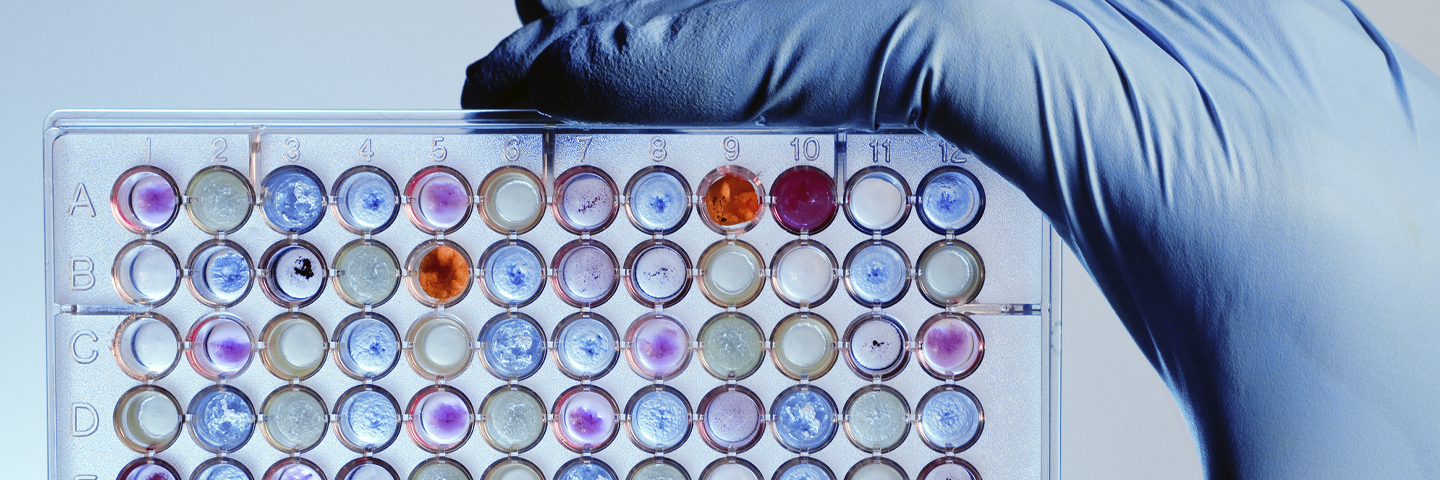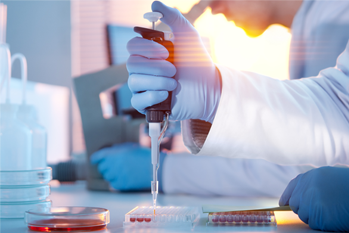
Assay accuracy depends on credible materials
 From unraveling the mysteries of the microbiome to identifying the underlying genetics behind a disease, assays offer scientists powerful tools for clinical and diagnostic research. These investigative procedures enable researchers to identify and measure the amount of a specific substance or evaluate the effects of a compound on a target biological process. The resulting data can then further essential advancements in life science research such as the discovery and evaluation of novel therapeutics, identification and tracking of infectious diseases, or diagnosis and treatment of cancer.
From unraveling the mysteries of the microbiome to identifying the underlying genetics behind a disease, assays offer scientists powerful tools for clinical and diagnostic research. These investigative procedures enable researchers to identify and measure the amount of a specific substance or evaluate the effects of a compound on a target biological process. The resulting data can then further essential advancements in life science research such as the discovery and evaluation of novel therapeutics, identification and tracking of infectious diseases, or diagnosis and treatment of cancer.
Because the results of an assay can lead to future scientific investigations, treatment options, or the approval of a novel drug, it is essential that the assay demonstrates analytical specificity and sensitivity. Here, analytical specificity is the ability of an assay to detect the intended target; this is also referred to as cross reactivity. In the case of an assay designed to diagnose an infectious disease, the accurate identification of an infectious agent would be critical to the timely delivery of treatment as well as tracking epidemiology. In this scenario, it would be important to ensure that the assay was designed to be highly selective for a particular target while excluding related organisms.
In contrast, analytical sensitivity is the minimum amount of a target substance that can be accurately distinguished from the absence of sample within a given level of confidence. This is also known as establishing the limit of detection. In cancer research, for example, digital PCR is often used evaluate the genetic background of heterogenous tumors. By ensuring that the assay is sensitive enough to detect low abundance minority alleles, researchers are offered valuable insight into understanding the onset, progression, and recurrence of the disease.
Our products for assay development
Microbial Community Profiling
Discover how NGS Standards can help identify and normalize sources of bias, thereby facilitating the optimization of microbiome research applications.
In Vitro Diagnostics
Health care providers rely on diagnostic tests to detect disease and monitor health. Discover why advanced biological models are essential for the development and validation of these essential tools.
To evaluate analytical specificity and sensitivity, researchers need access to credible biological materials. For analytical specificity, preparations that are identified down to the species or strain level, as well as functional characteristics for any important traits such as oncological gene mutations, serovar, toxinotype, or drug resistance are ideal for creating inclusivity and exclusivity panels. Regarding analytical sensitivity, reference standards that are quantified for concentration or genome copy number and are authenticated to ensure integrity, purity, functional activity, and identity are ideal for determining the detection limit of an assay.
At ATCC, we are committed to supporting researchers in the development of their unique assays. That’s why we provide the credible biological materials needed for every stage of the assay development process, from start to finish.
Challenges and solutions in assay development
Molecular-based assays are powerful and precise diagnostic tools for the detection of clinically relevant infectious agents. These novel technologies have demonstrated a number of advantages over traditional culture-based approaches, including increased sensitivity and specificity, rapid turnaround time, multiplexing, reproducibility, and the ability to detect fastidious and unculturable organisms. While molecular-based assays have exhibited a number of benefits, great care must be taken to ensure that assays are properly validated to guarantee performance and uncompromised data. Read our white paper to explore the common problems faced in assay development and how standards can help.
Learn MoreAssay development solutions
Be specific – what do you want to detect?
Optimizing experimental conditions during assay development can be challenging. Read our white paper to learn more about the importance of inclusivity/exclusivity in validating analytical specificity and how to establish these parameters when evaluating your experimental design.
Read nowHow low can your assay go?
Determining the detection limit is an essential part of assay development and design. Read our white paper to explore the importance of establishing analytical sensitivity and how to establish this parameter when evaluating your experimental design.
Discover more